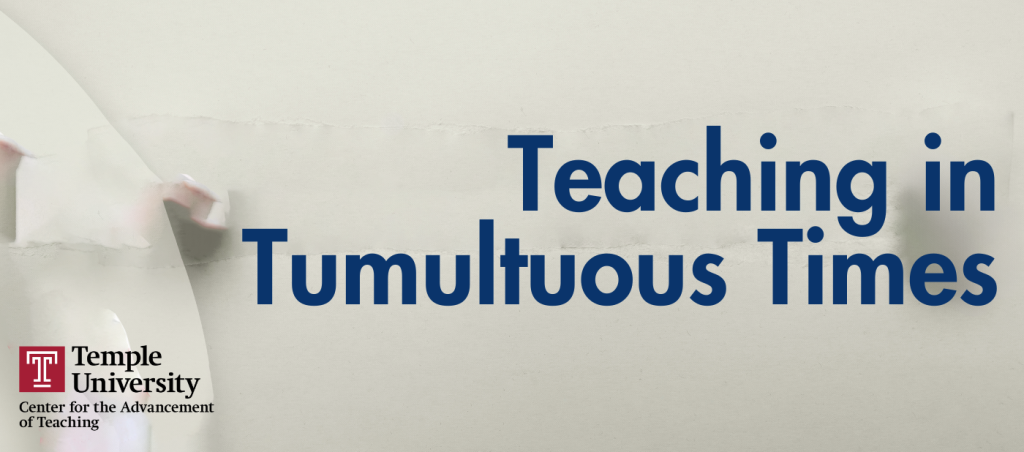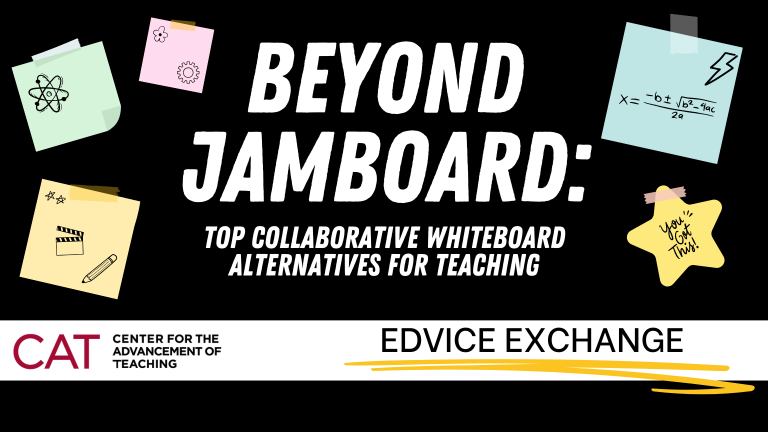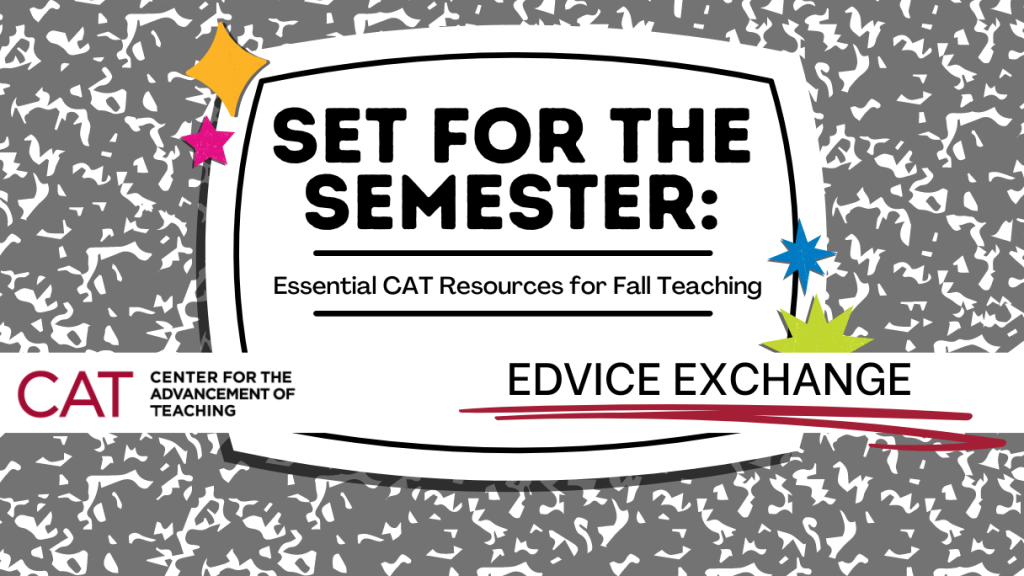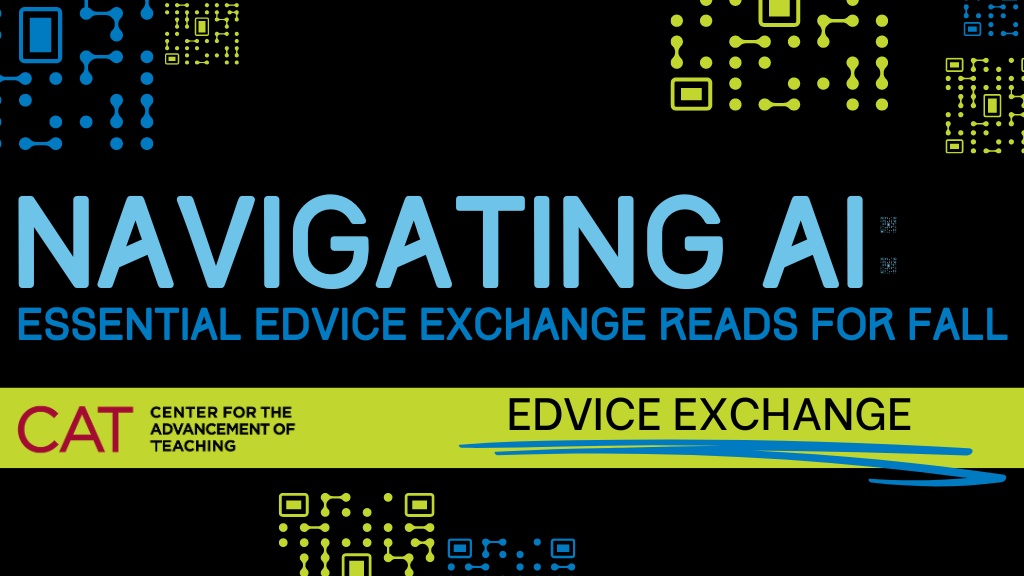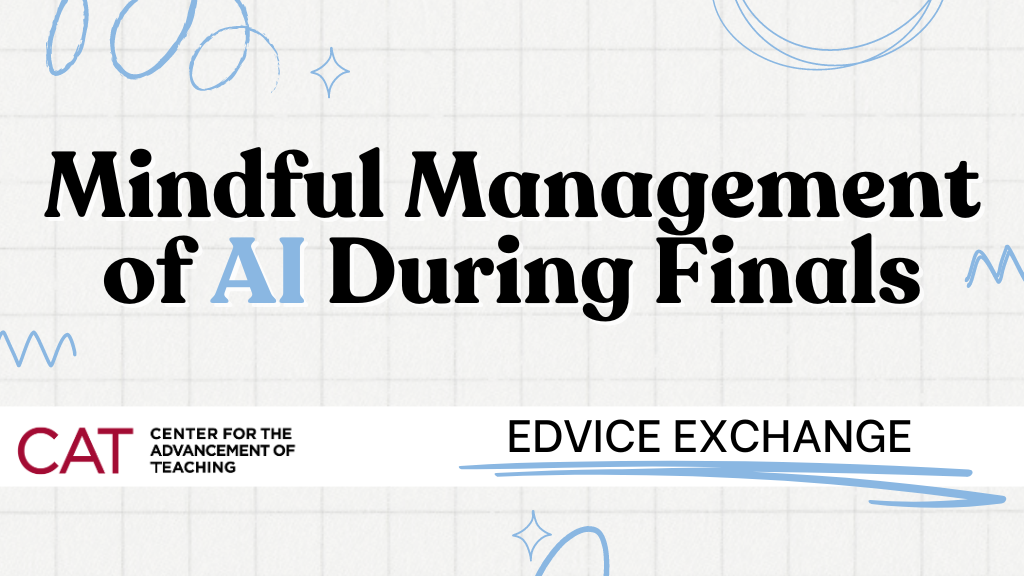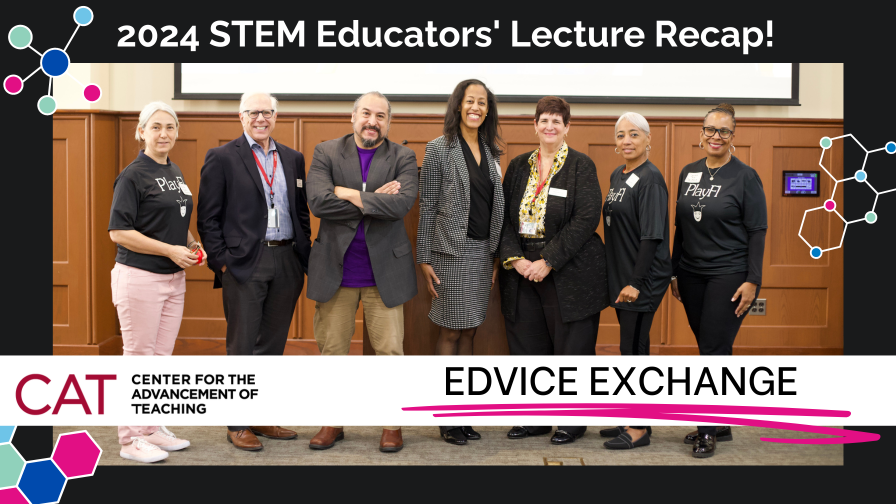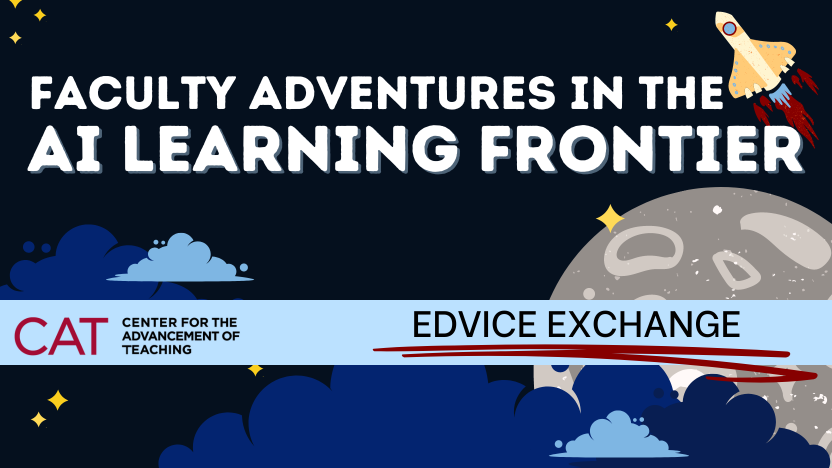by Stephanie Laggini Fiore, Ph.D
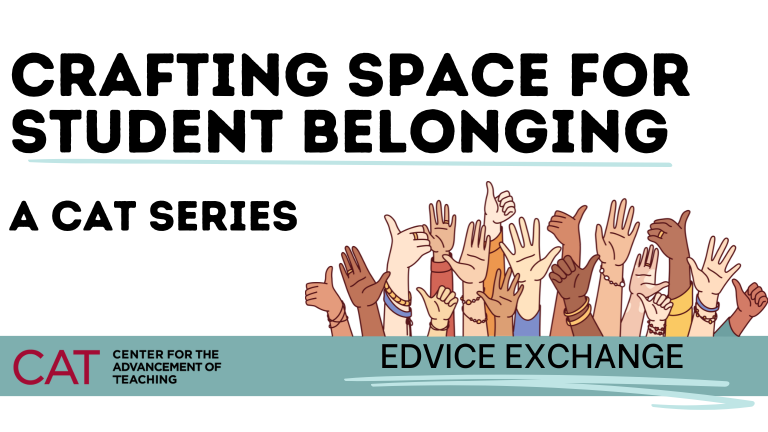
Anyone who has spent time with me has heard me say that I’m bionic. I had my knees replaced in 2018 and now have titanium in my body that sets off alarms at the airport. I’ll take it! The TSA can pat me down anytime they want if it means I can live without the chronic pain I experienced for decades. During that painful time, especially in the latter stages of my condition when climbing stairs was particularly difficult, curb cuts in sidewalks were a lifesaver. As was intended when they were created post-WWII to provide a more accessible environment for people with disabilities, curb cuts allowed me to maintain mobility, making it easier to cross streets while walking around town. But here’s the thing: I still use curb cuts and I’ll bet you do too. As Angela Glover Blackwell explains: “Then a magnificent and unexpected thing happened. When the wall of exclusion came down, everybody benefited—not only people in wheelchairs. Parents pushing strollers headed straight for curb cuts. So did workers pushing heavy carts, business travelers wheeling luggage, even runners and skateboarders.” Blackwell is describing universal design, which allows better access to people with a range of abilities and needs. Similarly, Universal Design for Learning (UDL) is an educational framework that provides better access to learning for people with a wide variety of abilities and needs. For 40 years, CAST has been working to educate faculty on the power of UDL to create more inclusive learning environments, ones where courses are designed to value every learner, thereby catalyzing student belonging.
Why is belonging important? Studies report a variety of benefits that a sense of belonging provides for students, including academic engagement and motivation, academic achievement, retention, and positive effects on well-being, among others. Our pedagogical practices play a very real role in improving student belonging, which is why we have created Crafting Space for Student Belonging: A CAT Series. We have chosen UDL to begin this series because belonging starts with course design. By eschewing a one-size-fits-all approach and instead following UDL principles in designing your course, you will lower barriers to learning, allow students to have greater agency in their learning, and increase students’ sense of belonging.
The UDL 3.0 guidelines encourage us to design our courses by considering how we can provide multiple means of engagement, representation and action & expression. Much as with UDL in the built environment, a UDL-designed course will provide support to students with a range of abilities and needs. For instance, many consider captions of video content to be a necessity for students with hearing impairments. But other students may use captions to move through a video more quickly or slow down, repeat, and listen again. And some may use captions because they are watching the video in a space that is not private, where they cannot turn on the sound. I’m guessing you’ve used captions when you watch TV for greater clarity of dialogue. (For me, the Scottish English in Shetland is hard to decipher, but I love that show – so captions it is!) Here are a few ideas for beginning to design a course according to UDL principles:
Multiple Means of Engagement— the “why” of learning
Welcoming Interests & Identities:
- Allow choice and autonomy wherever possible. Let students choose a research topic that connects with their interests or permit them to choose the mode of delivery that is most motivating for them.
- Incorporate storytelling that allows students’ creativity and lived experiences to connect to content in the class.
Sustaining Effort & Persistence
- Intentionally embed activities in your class that help students to connect with each other and form mutually-supportive networks.
- Provide specific feedback that both recognizes the positive aspects of a student’s work and areas that need improvement.
- Message your belief that they can reach standards set for the course.
Emotional Capacity
- Allow space for individual and group activities that encourage reflection.
- Elevate the assets students bring to the class.
- Develop classroom agreements on appropriate interactions in the classroom.
Multiple Means of Representation—the “what” of learning
Perception
- Ensure that the materials for your course follow accessibility standards.
- Review the materials and examples you use in your course to provide a more diverse representation of identities in them.
Language & Symbols
- Use a variety of media beyond text for student access to content.
- Clarify unfamiliar terms, vocabulary or references. Don’t assume that everyone in the class has the same background.
Building Knowledge
- Have students use concept mapping to visualize connections among ideas in the course.
- Point out key concepts in your course, or have students reflect on the key concepts they believe they have learned and provide feedback.
Multiple Means of Action and Expression—the “how” of learning
Interaction
- Use the accessibility checker in Canvas to ensure that your course materials are accessible.
- Design course requirements to allow for flexibility, wherever possible.
Expression & Communication
- Scaffold major assignments, gradually releasing scaffolds as skill develops.
- Allow students to use a variety of media in order to demonstrate what they have learned.
Strategy Development
- Clarify course and assignment goals.
- Provide opportunities for students to reflect on their progress and learning.
If you click through the UDL 3.0 Guidelines, you will find so many more ideas. It can feel a bit overwhelming! So here’s an approach I recommend. Review the guidelines and conduct a self-assessment of your teaching practices. Where are you already enacting some of these principles? Where might you want to improve your practices? Then commit to one way in which you will improve your course design using UDL principles. Once you have successfully implemented that change, choose another, and so on. Incremental change is fine – the important thing is to get started!
Remember that we at the CAT are here for you if you need assistance in how to implement practices that improve belonging.
Coming up next in the Crafting Space for Student Belonging series:
This spring series on belonging will provide blogs and videos that describe practical ways for you to enact practices that lead to student belonging. Here’s what coming up this month:
- January 21, 2025: CAT Tip video: Introducing the new UDL Guidelines
- January 27, 2025: EdVice Exchange: Canvas design that encourages belonging
- February 4, 2025: CAT Tip video: Using modules to organize your content in Canvas
